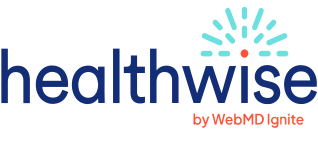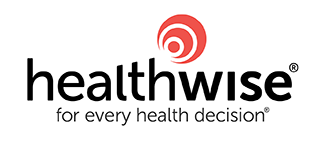Acquired Von Willebrand Disease
Condition Basics
What is acquired von Willebrand disease?
Acquired von Willebrand disease is a rare bleeding disorder that might be caused by other medical problems or medicines. It prevents blood from clotting properly. It is rarer than the inherited form of von Willebrand disease, Opens dialog.
What causes it?
Medical problems that might cause acquired von Willebrand disease include:
- Lymph disorders, such as chronic lymphocytic leukemia, Opens dialog and non-Hodgkin lymphoma, Opens dialog.
- Plasma disorders, such as multiple myeloma, Opens dialog.
- Bone marrow disorders, such as polycythemia vera, Opens dialog.
- Solid tumors, such as Wilms' tumor (a fast-growing kidney tumor) and lung cancer.
- Hypothyroidism, Opens dialog.
- Autoimmune diseases, Opens dialog, such as systemic lupus erythematosus, Opens dialog.
- Heart problems, such as aortic valve stenosis.
- Use of a cardiac device that helps the heart pump blood, called a ventricular assist device, Opens dialog.
Rarely, acquired von Willebrand disease may also develop in direct association with use of certain medicines. When use is discontinued, signs of the disease also end. These medicines include:
- Ciprofloxacin.
- Griseofulvin.
- Valproic acid.
What are the symptoms?
Symptoms include nosebleeds with no previous history of bleeding abnormalities.
How is acquired von Willebrand disease treated?
Treatment of acquired von Willebrand disease includes medicines that help your body have enough von Willebrand clotting factor in the blood. This von Willebrand factor helps your blood clot.
Current as of: October 7, 2024
Author: Ignite Healthwise, LLC Staff
Clinical Review Board
All Ignite Healthwise, LLC education is reviewed by a team that includes physicians, nurses, advanced practitioners, registered dieticians, and other healthcare professionals.
Current as of: October 7, 2024
Author: Ignite Healthwise, LLC Staff
Clinical Review Board
All Ignite Healthwise, LLC education is reviewed by a team that includes physicians, nurses, advanced practitioners, registered dieticians, and other healthcare professionals.



